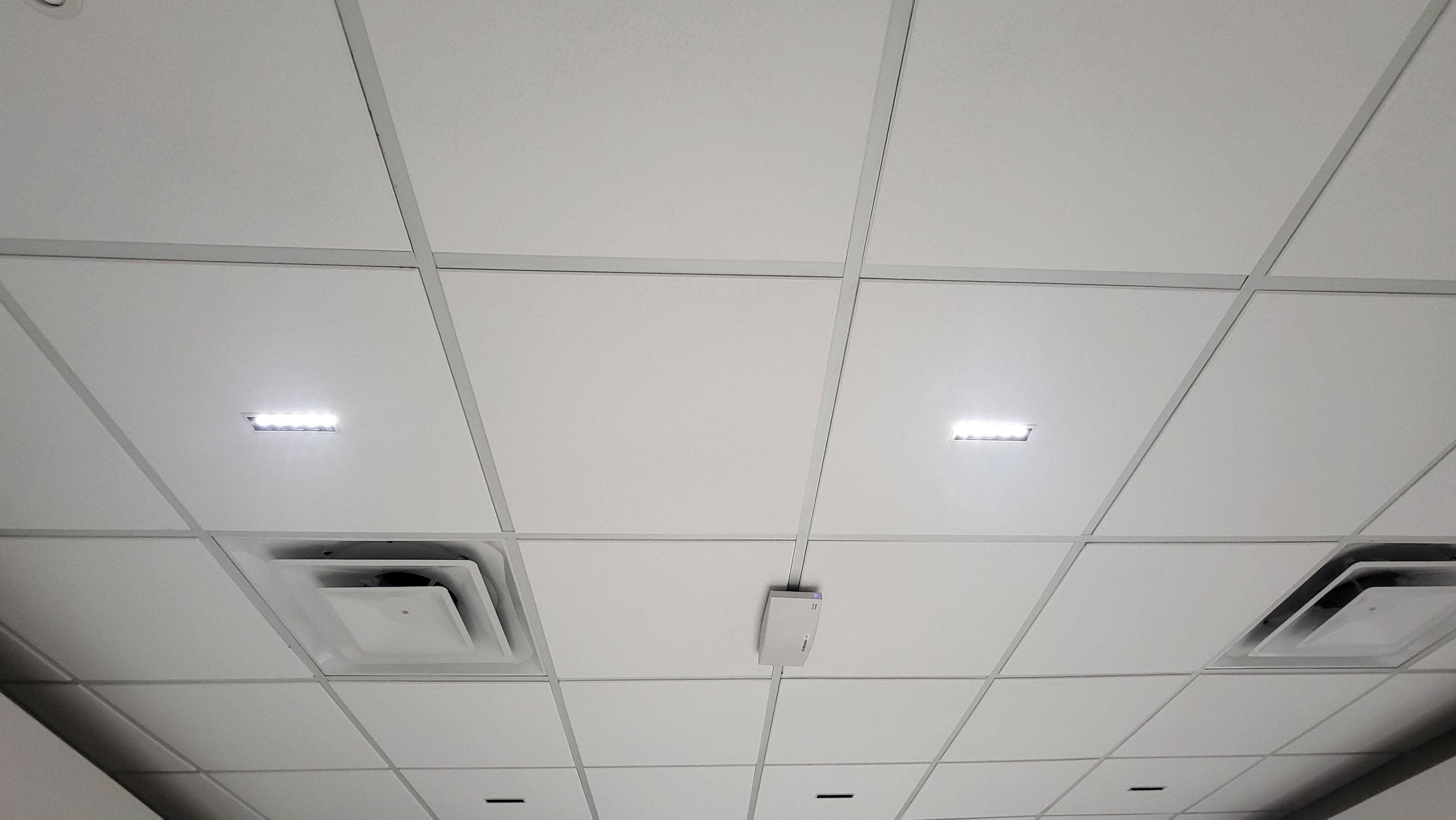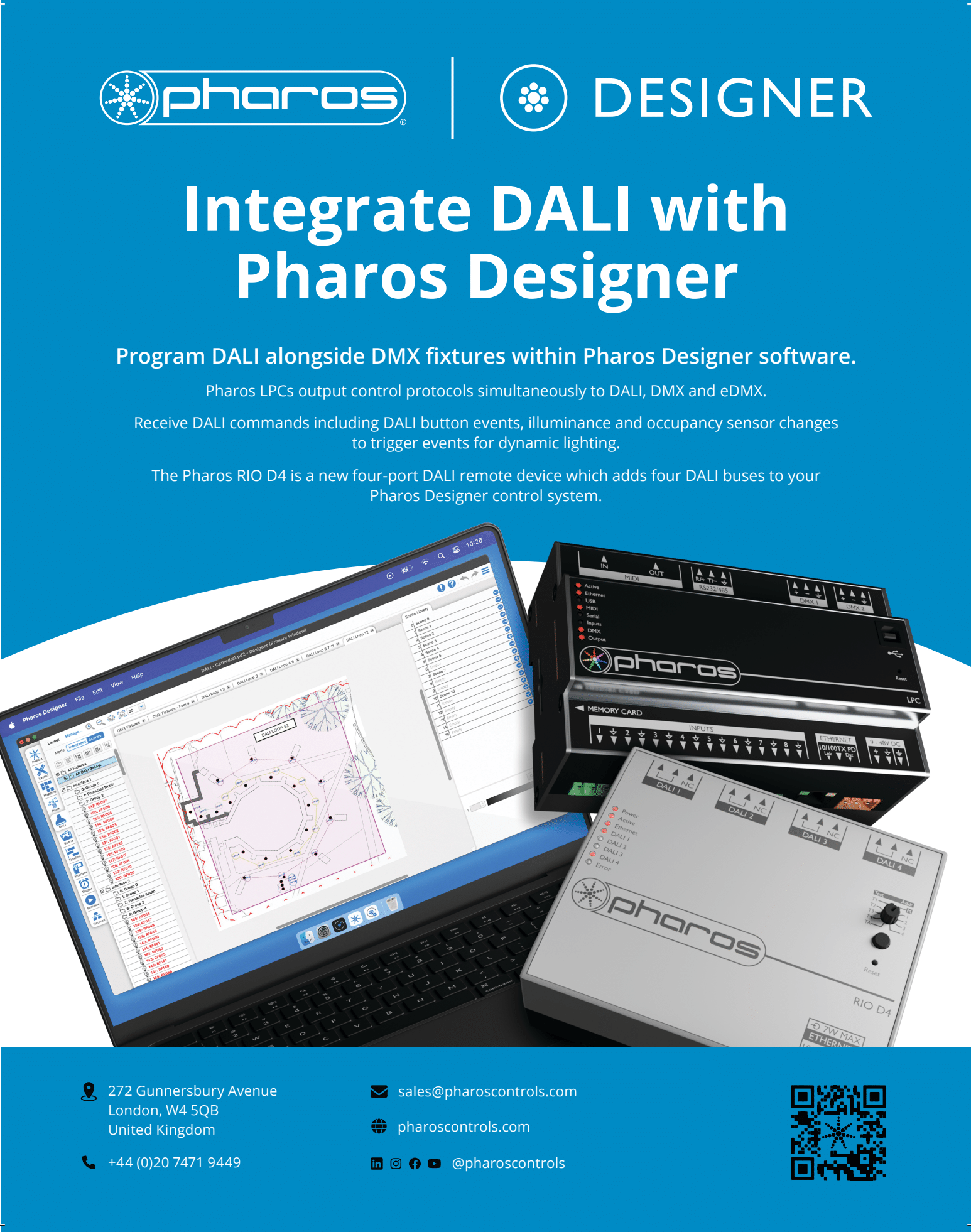
7 minute read
Déjà View
Applying Lessons from Headlight Glare to the Indoors
By John D. Bullough, PH.D., FIES
Light and Health Research Center, Icahn School of Medicine at Mount Sinai
One exciting aspect of my job comes from the fact that I’m occasionally contacted by reporters looking for information about my research. Doesn’t every scientist want their work to be understood, appreciated and put into practice?
Lately, though, I’ve been experiencing some serious déjà vu because the questions I’m asked about most are always about headlight glare!1-3
Although headlight glare is outside the professional purview of designing lighting (dl) readers, many of you might now be experiencing some déjà vu of your own, reliving unpleasant experiences caused by bright headlights at night. And you aren’t crazy if you’re asking whether headlights have gotten brighter recently, because by several measures, the answer is yes.
New vehicles have transitioned from halogen to light-emitting diode (LED) headlights4 with a correlated color temperature of 5500-6000 K, likely because they make the road look brighter.5 The shift toward bluish-white headlights might be the most commonly mentioned aspect of headlight glare, because not only does the road look brighter, but so do the LED lights themselves, even when matched for photopic intensity, and they magnify feelings of visual discomfort somewhat compared to halogens.6
Although their color may be the most noticeable change with newer headlights, maximum intensities of both halogen and LED headlights have increased recently,4 possibly in response to safety ratings that reward higher intensities.7 Headlights are also shrinking, with higher maximum luminances that increase glare when headlights are close enough to be larger than 0.2° in visual angle (i.e. when vehicles are within about 50 feet). At farther distances with smaller angular sizes, the maximum luminance no longer contributes to glare – only the illuminance at our eyes, determined by the headlight’s luminous intensity.
New styling opportunities with LEDs not only can increase the luminance of small headlights but could also make potential glare-reducing features like luminous surrounds possible,8,9 reducing the contrast between bright lights and their backgrounds.
For now, however, when we’re driving more pickup trucks and sport-utility vehicles with higher-mounted headlights,10 and when we’re collectively pretty bad at aiming our headlights properly,11 we seem to be riding a perfect storm, fueling our angst about headlight glare.
Glare is magnified by having to keep our eyes on the road and very near oncoming headlights when we’re driving, whereas indoors we can often look away from glary ceiling luminaires.
But we can nonetheless experience glare in these latter situations. Indeed, a plethora of standards are in place to help us mitigate glare not only on the road,13 but also on sports fields,14 from interior lighting,15 and from windows.16 New standards have also been developed to help control glare from LED indoor luminaires with high maximum luminances like those in Figures 1 and 2.17 Whenever a new glare standard is published, it’s déjà vu all over again — but with a new set of equations to apply.


But are new glare standards needed for every application and technological development? The principles for reducing glare are the same outdoors (e.g., driving at night) and indoors (e.g., office work), even if their relative importance changes (Table 1).18

My colleagues and I developed a predictive model for discomfort glare from outdoor lighting8,19 incorporating these factors. When we used it to predict glare from indoor lighting, it was just as successful,20 sometimes even more so,21 than traditional indoor glare models.15
In one of those investigations, which focused on circadian-effective lighting applications where brighter (or bluer) lighting might be considered,20 the system shown in Figure 3 was rated as quite comfortable because its narrow angular profile negated the impact of its high luminance.

One important caveat is that even the best model incorporating the factors in Table 1 can never yield precise predictions of discomfort glare. That’s because visual discomfort inherently interacts with psychological factors, like the observer’s task difficulty,22,23 or the attractiveness of the scene outside a window that allows us to tolerate high brightness if we have access to the beauty of nature.24
Nonetheless, I’m optimistic that an integrated understanding of glare can help us design indoor and outdoor views and hopefully, reduce the likelihood of future unpleasant déjà vu moments!
References
1. Hill J. 2025. Explain it to me: Blinded by the headlights [podcast]. Vox.com (March 30).
2. Rogers N. 2024. Asleep at the wheel in the headlight brightness wars. The Ringer (December 3).
3. Delisio ER. 2024. What's the story with headlight glare? Your AAA Network (February 23).
4. Bullough JD. 2025. Why is headlight glare such a persistent problem for the driving public? A review. Transportation Research Board 104th Annual Meeting, Washington, DC.
5. Bullough JD. 2015. Spectral sensitivity modeling and nighttime scene brightness perception. Leukos 11: 11-17.
6. Bullough JD, Liu Y. 2019. Response to white light emitting diode aviation signal lights varying in correlated color temperature. Transportation Research Record 2673: 667-675.
7. Insurance Institute for Highway Safety. 2018. Headlight Test and Rating Protocol. Ruckersville, VA: Insurance Institute for Highway Safety.
8. Bullough JD, Sweater Hickcox K. 2012. Interactions among light source luminance, illuminance and size on discomfort glare. SAE International Journal of Passenger Cars - Mechanical Systems 5: 199-202.
9. Sweater Hickcox K, Narendran N, Bullough JD, Freyssinier JP. 2013. Effect of different coloured luminous surrounds on LED discomfort glare perception. Lighting Research and Technology 45: 464-475.
10. Bullough JD. 2025. A survey of vehicle forward lighting system mounting height and driver eye height. SAE World Congress Experience, Detroit, MI.
11. Skinner NP, Bullough JD, Smith AM. 2010. Survey of the present state of headlamp aim. Transportation Research Board 89th Annual Meeting, Washington, DC.
12. Bullough JD, Skinner NP, Plummer TT. 2016. Assessment of an adaptive driving beam headlighting system: Visibility and glare. Transportation Research Record 2555: 81-85.
13. Commission Internationale de l’Éclairage. 2021. Discomfort Glare in Road Lighting and Vehicle Lighting, CIE 243. Vienna, Austria: Commission Internationale de l’Éclairage.
14. Commission Internationale de l’Éclairage. 1994. Glare Evaluation System for Use within Outdoor Sport and Area Lighting, CIE 112. Vienna, Austria: Commission Internationale de l’Éclairage.
15. Commission Internationale de l’Éclairage. 1995. Discomfort Glare in Interior Lighting, CIE 117. Vienna, Austria: Commission Internationale de l’Éclairage.
16. Commission Internationale de l’Éclairage. 2024. Assessment of Discomfort Glare from Daylight in Buildings, CIE 252. Vienna, Austria: Commission Internationale de l’Éclairage.
17. Commission Internationale de l’Éclairage. 2019. Discomfort Caused by Glare from Luminaires with a Non-Uniform Source Luminance, CIE 232. Vienna, Austria: Commission Internationale de l’Éclairage.
18. Bullough JD. 2022. Understanding Glare in Exterior Lighting, Display and Related Applications. Bellingham, WA: SPIE Press.
19. Bullough JD, Brons JA, Qi R, Rea MS. 2008. Predicting discomfort glare from outdoor lighting installations. Lighting Research and Technology 40: 225-242.
20. Mou X, Freyssinier JP, Narendran N, Bullough JD. 2017. Preliminary evaluation of discomfort glare from OLED and edge-lit LED lighting panels. Journal of Biomedical Optics 22: 055004.
21. Figueiro MG, Bullough JD, Thayer A, Nagare RM, Rea MS. 2025. Supporting visual and non-visual lighting design without increasing discomfort glare or lighting power density. Lighting Research and Technology 57: 5-27.
22. Sivak M, Flannagan M, Ensing M, Simmons CJ. 1991. Discomfort glare is task dependent. International Journal of Vehicle Design 12: 152-159.
23. Van Derlofske J, Bullough JD, Dee P, Chen J, Akashi Y. 2004. Headlamp parameters and glare. SAE World Congress, Detroit, MI.
24. Tuaycharoen N, Tregenza PR. 2007. View and discomfort glare from windows. Lighting Research and Technology 39: 185-200.


